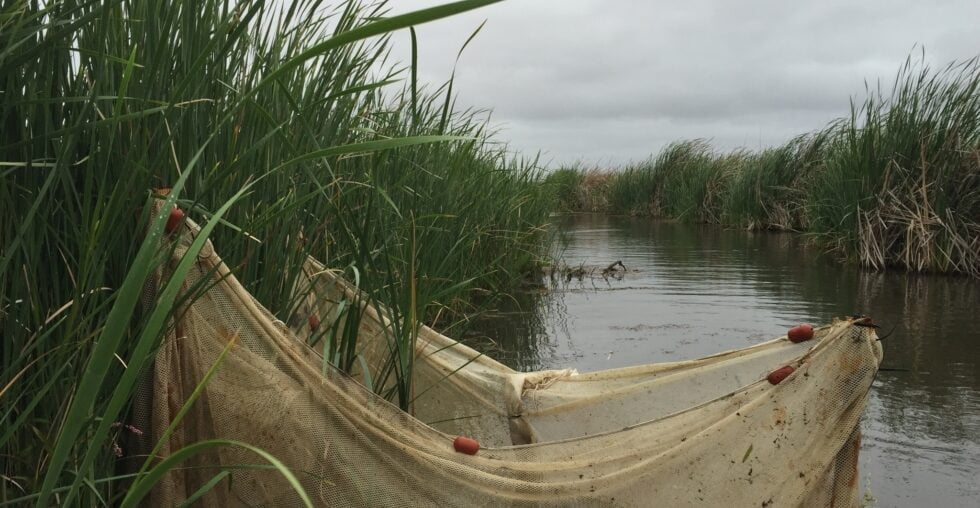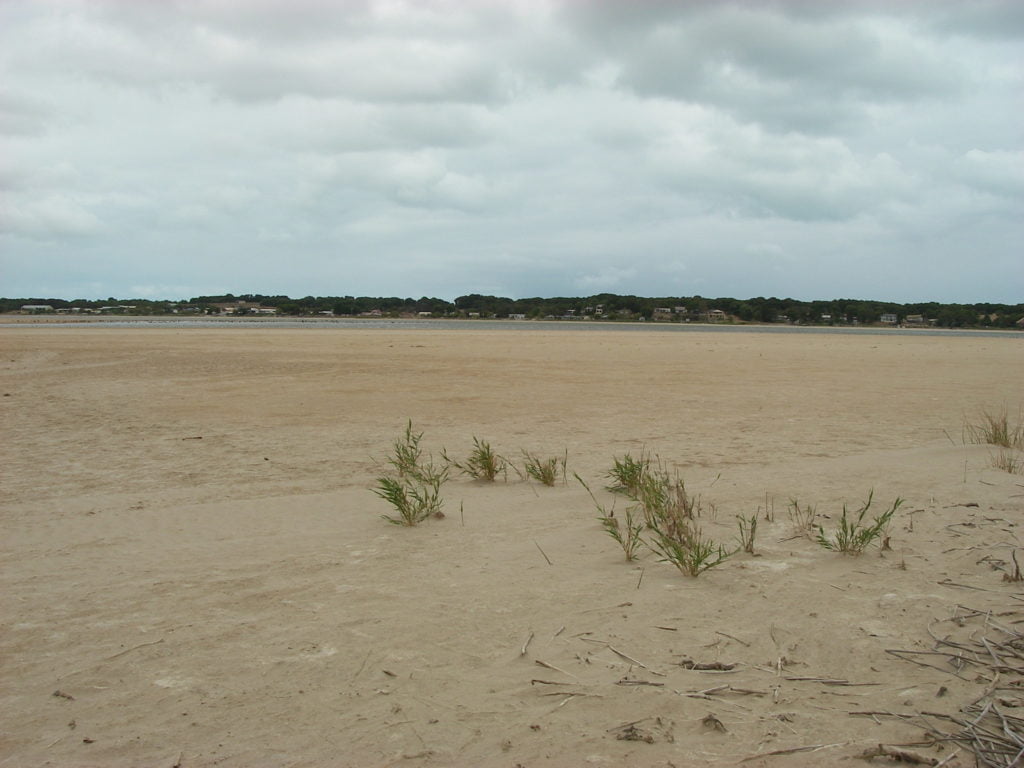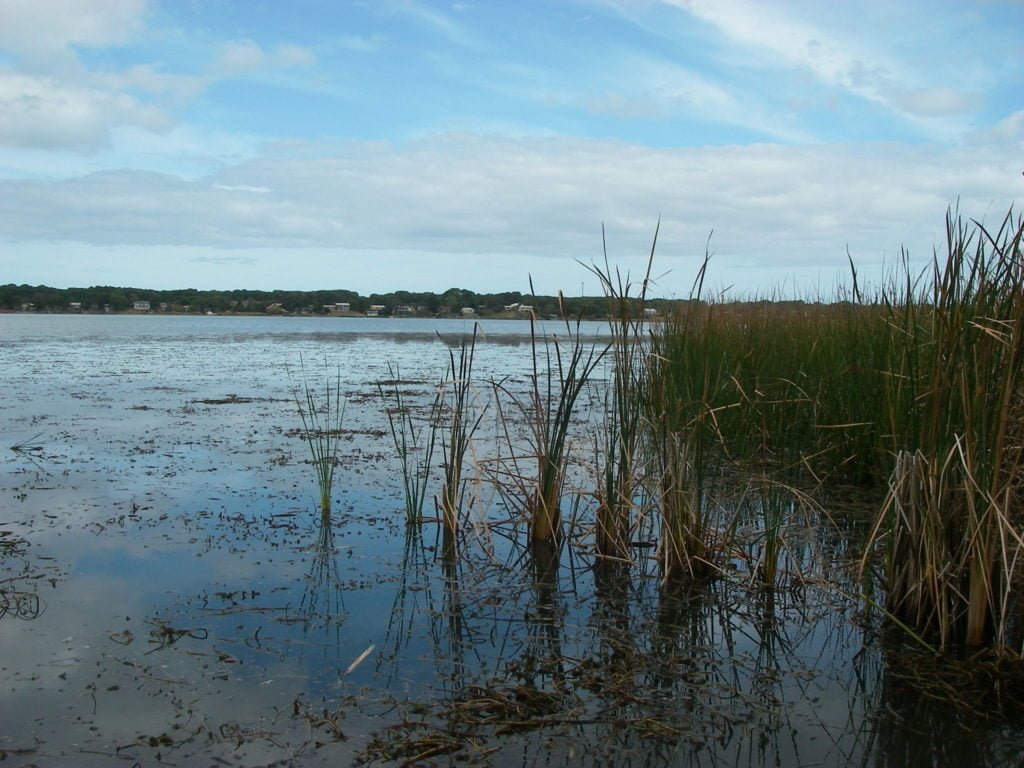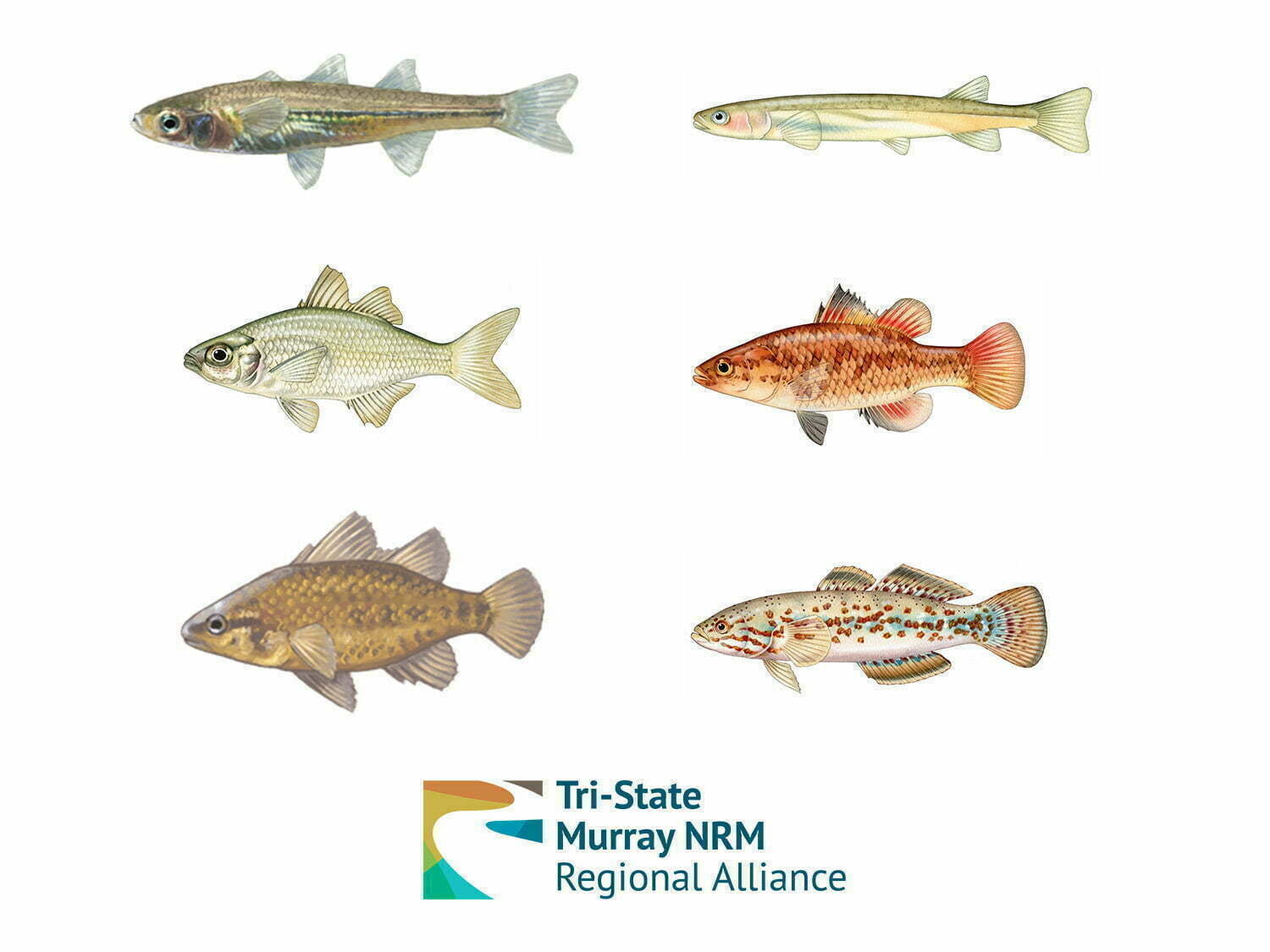Are we facing the first extinction of one of the 46 freshwater fish species in the Murray-Darling Basin (MDB)? The answer is probably, unfortunately, ‘yes’, and if you were placing a bet, the odds-on favourite to go is the nationally vulnerable Yarra Pygmy Perch (Nannoperca obscura).
The unassuming species is tiny (maximum length of 8 centimetres) and short-lived (a couple of years). Although it has been in the river system for thousands of years, it was only formally recognised in the MDB in 2002. Yarra Pygmy Perch has very particular habitat and life history requirements associated with wetlands that were once common in the lower Murray before river regulation. The species is now only found at the very end of the Basin in the South Australian wetlands fringing Lake Alexandrina, and the lower reaches of a few streams in the Eastern Mount Lofty Ranges.
Things became dire for this species during the ‘millenium drought’. By 2009, its few remaining habitats were lost when critical water shortages reduced river flows, and led to a rapid drop in water levels in Lake Alexandrina to 1 metre below sea level. Thanks to the dedication and persistence of a small group of people, the species received a reprieve , with a few hundred Yarra Pygmy Perch rescued just as habitats were disappearing.

The rescued fish were temporarily held in the ponds. To better safeguard the species, captive breeding facilities (mostly located at Flinders University in South Australia) and surrogate refuges were set up. Surrogate refuges are temporary homes for the fish, and are usually farm dams or constructed wetlands with suitable water quality and habitat. Such refuges are important, because they can produce larger numbers of fish that are more attuned to natural conditions compared to captive-bred individuals. Surrogate refuges have been used to conserve other small-bodied freshwater fishes across the region, such as the Southern Purple-spotted Gudgeon and Murray Hardyhead.
These captive surrogate populations became the only source of fish for future reintroduction back into the wild following the drought. One of the surrogate Yarra Pygmy Perch refuges soon boomed to contain thousands of fish, ready to go back into the wild as soon as the drought broke. In late 2010, as drought-breaking rains and flooding occurred across much of the Basin, return flows to the Murray River and tributary streams helped to restore water levels in Lake Alexandrina.
Attention then turned to assessing suitable locations for more reintroductions. Fish needed to go into locations with the right water quality and habitat. Critically for the Yarra Pygmy Perch, these sites could not have high numbers of alien fishes, particularly the predatory Redfin Perch and competitive Eastern Gambusia.
Attempt one
Almost 600 Yarra Pygmy Perch were reintroduced into five former locations from spring 2011 to autumn 2014. Initial responses were positive, with monitoring suggesting there was short-term (6–18 months) survival and wild recruitment. Yet the species did not establish a self-sustaining population, and the fish soon disappeared. The reasons behind the failure are largely unknown. Possibly, habitats had not quite returned to former conditions, or the sudden increase in numbers of predatory Red n Perch soon after the sh were reintroduced placed additional burden on the them. What was clear, however, was that an expanded and sustained effort would be required to re-establish Yarra Pygmy Perch in the Basin.
At this critical stage, when more fish were needed for reintroductions, the water level in the main surrogate refuge rapidly dropped and the population collapsed. Similar issues also started affecting other surrogate refuges.
Attempt two
In spring 2015, coinciding with managed high water levels in Lake Alexandrina, more fish were reintroduced into three former habitats (one that had previously received reintroduced fish and two new locations). More extensive post-release monitoring was undertaken, exploring survival in the days, weeks and months after the release, as well as the availability of prey and diet of Yarra Pygmy Perch. This monitoring found that released sh were soon consumed by wild prey and persisted for at least a month after the reintroductions. These Yarra Pygmy Perch recaptured during monitoring in December 2015 were the last record of the species in the wild.
The need for attempt three
As it stands now, Yarra Pygmy Perch appear lost to the wild in the Basin (for the third time) as they have not been observed for more than 18 months, despite considerable monitoring efforts. In further bad news, a second surrogate refuge has collapsed, meaning that only limited numbers of backup sh remain. But there is still hope!
There is still time to secure the future of the Yarra Pygmy Perch, but it will take the expanded and sustained effort of scientists, managers, landowners and local communities to conserve the species.Without this effort, the first freshwater fish extinction from the MDB will occur.
For more information email nick.whiterod@aquasave.com.au or scotte.wedderburn@adelaide.edu.au.
You can download a pdf of this article ‘Third time lucky?‘
To read this and other great stories like it, you can purchase or download a copy of RipRap 40.






